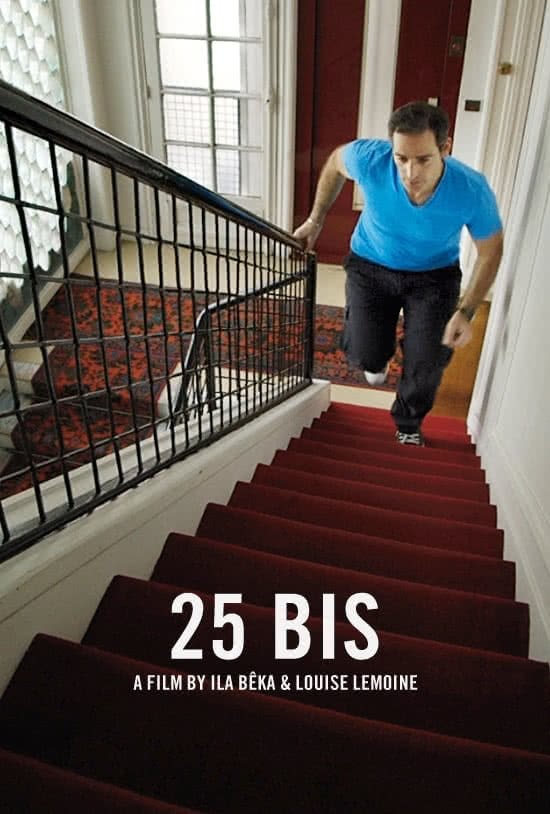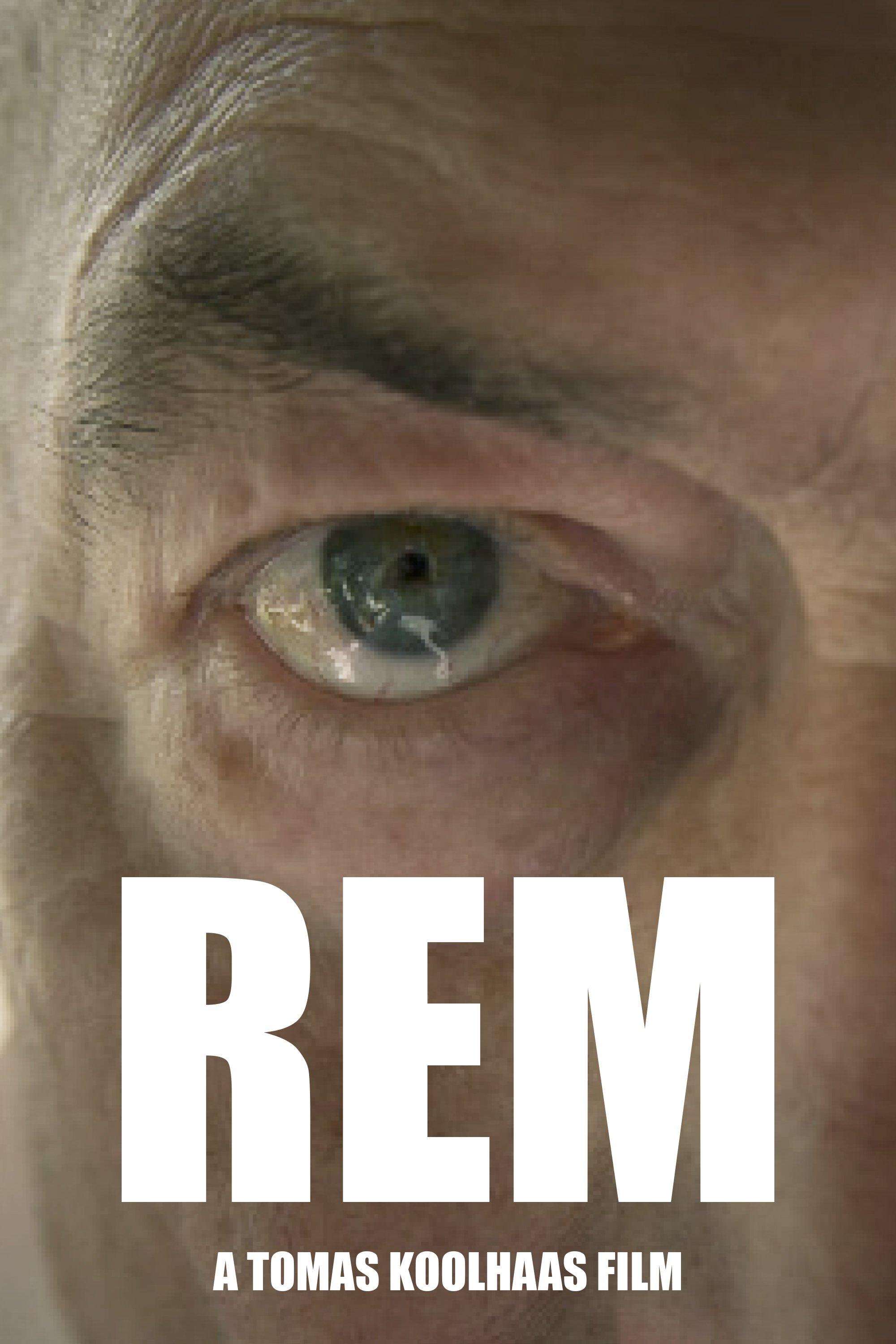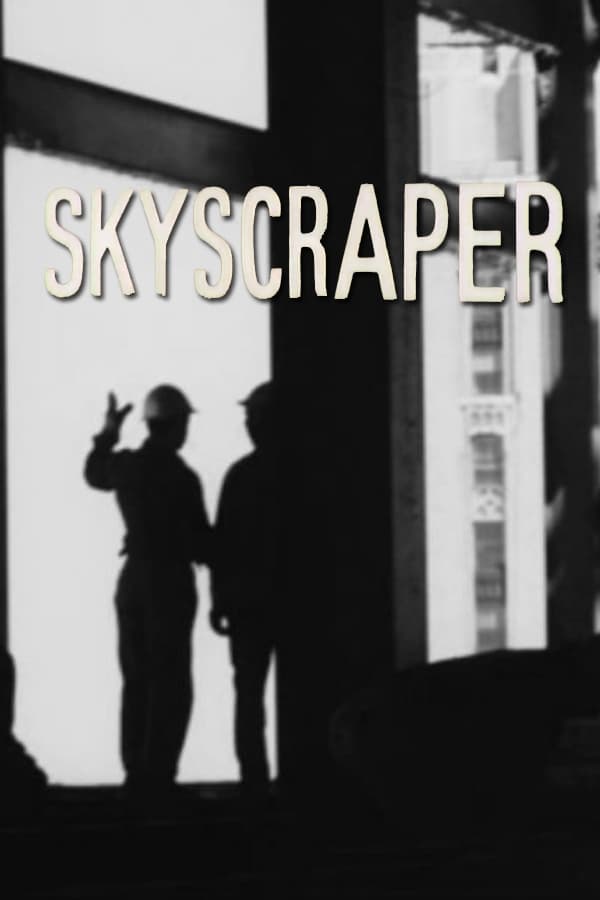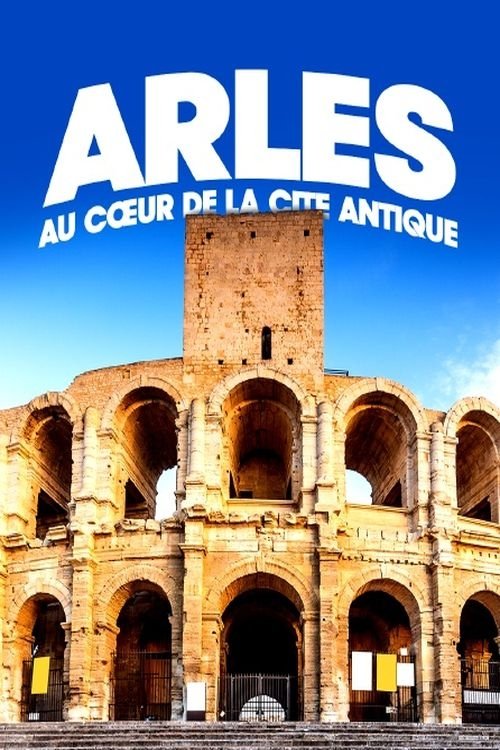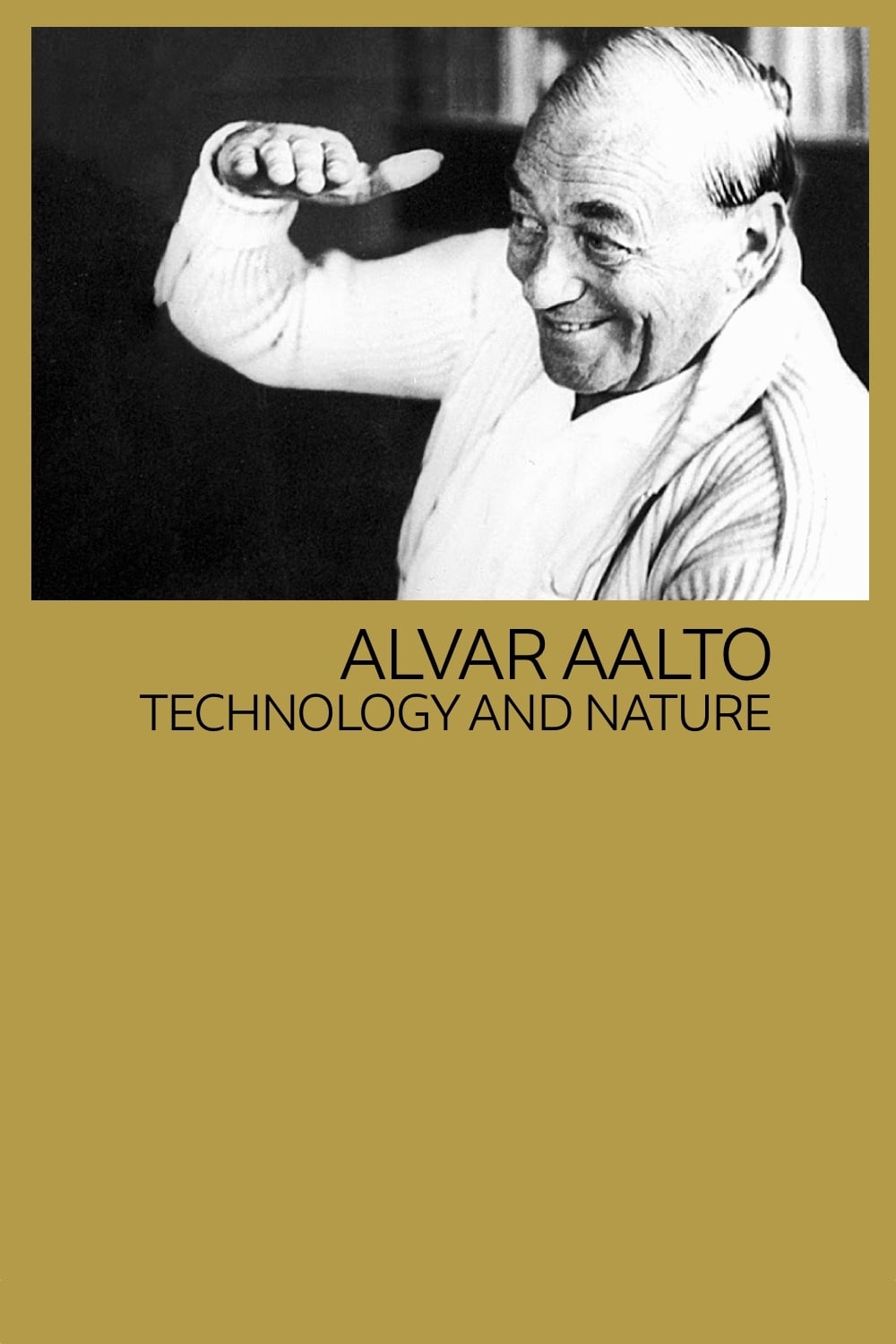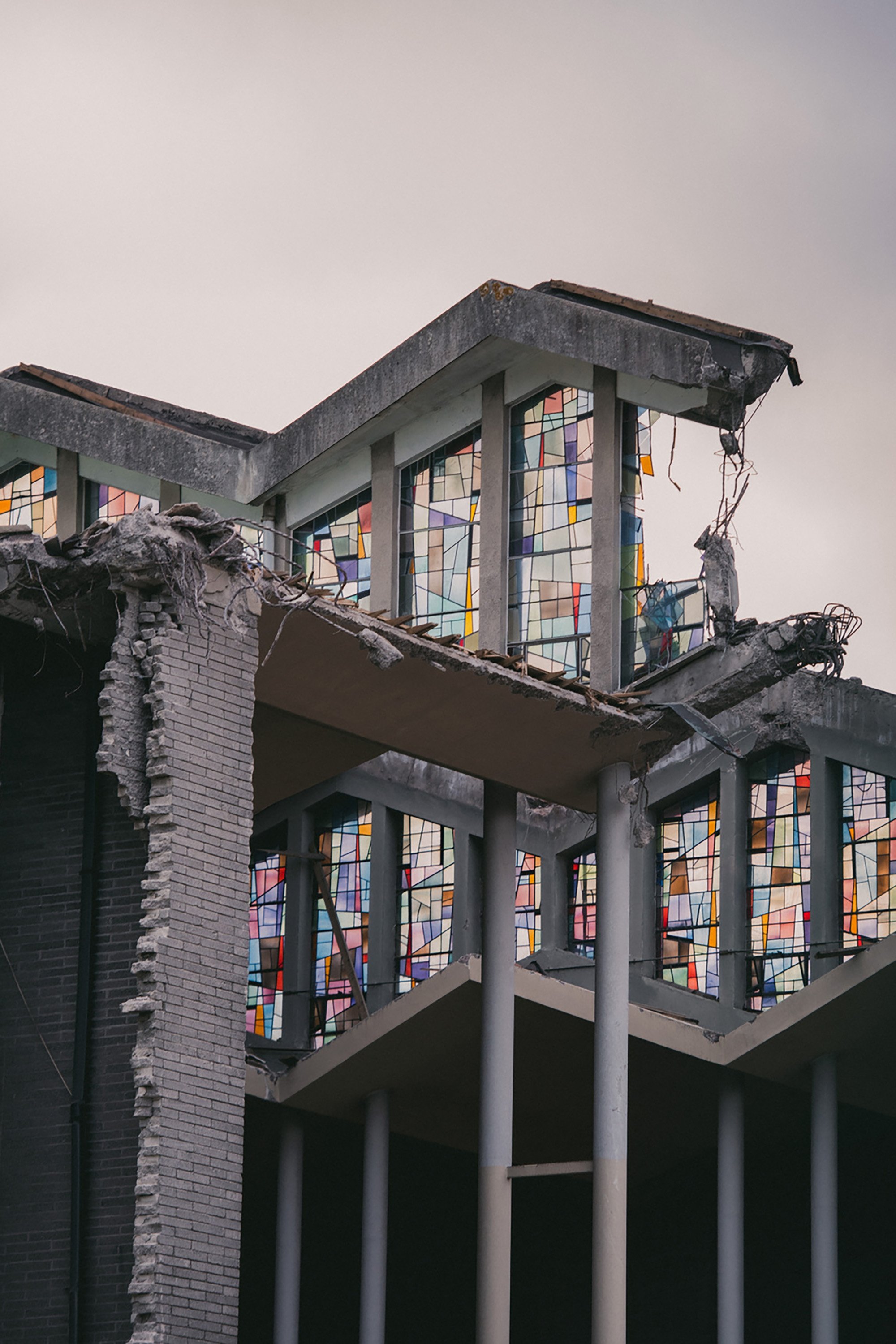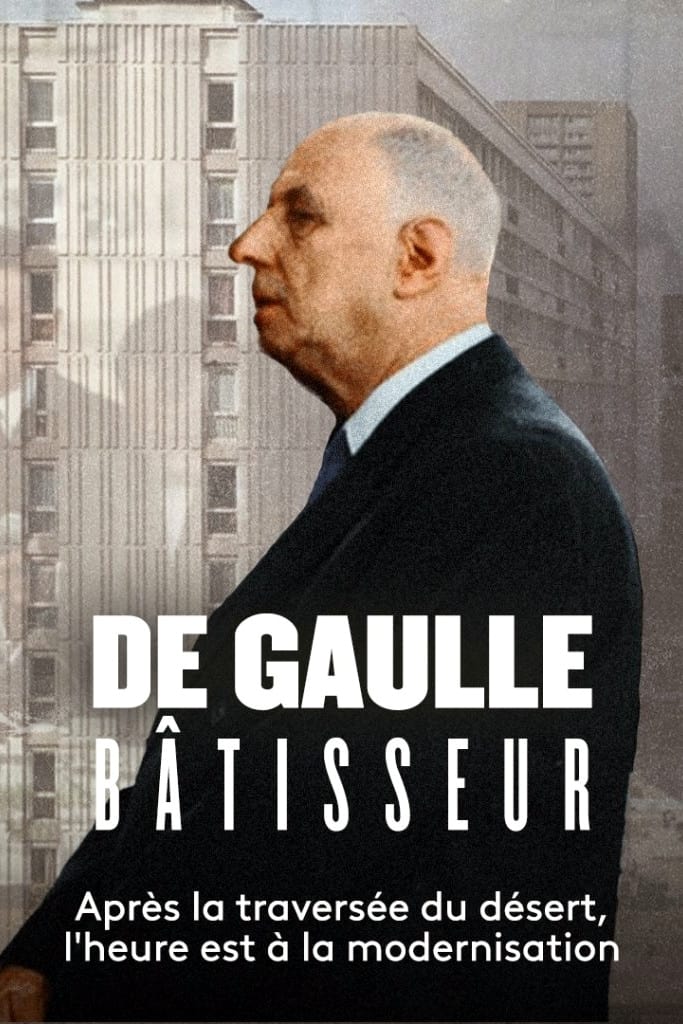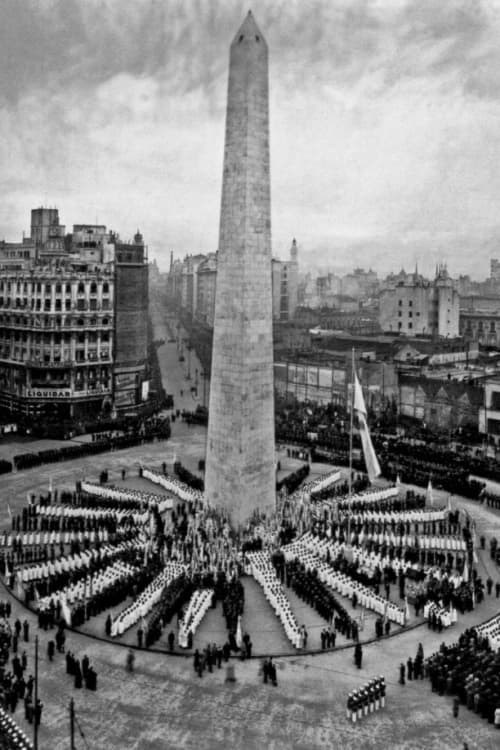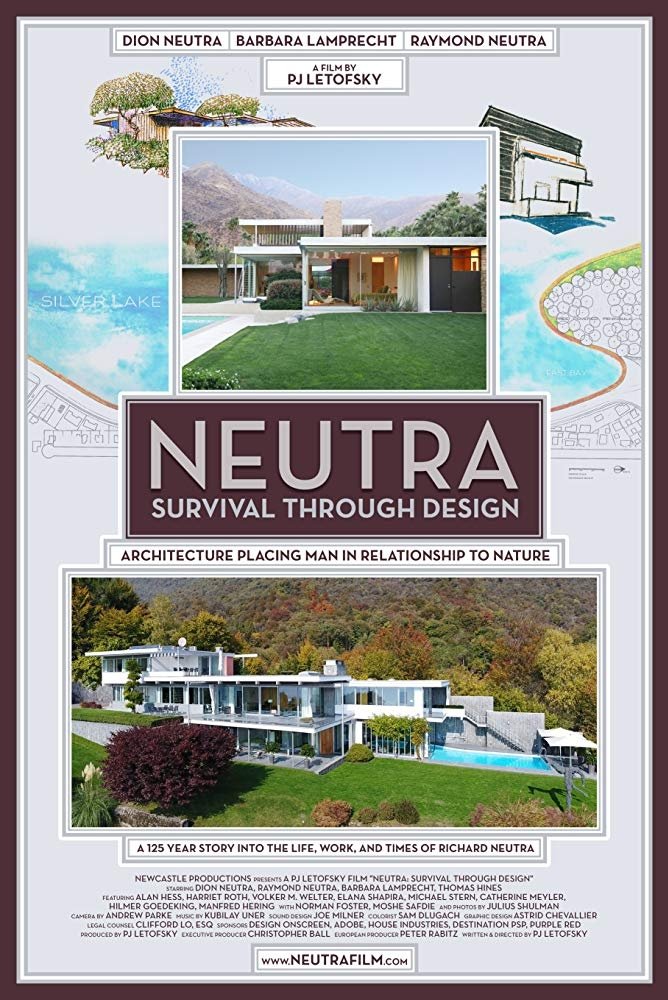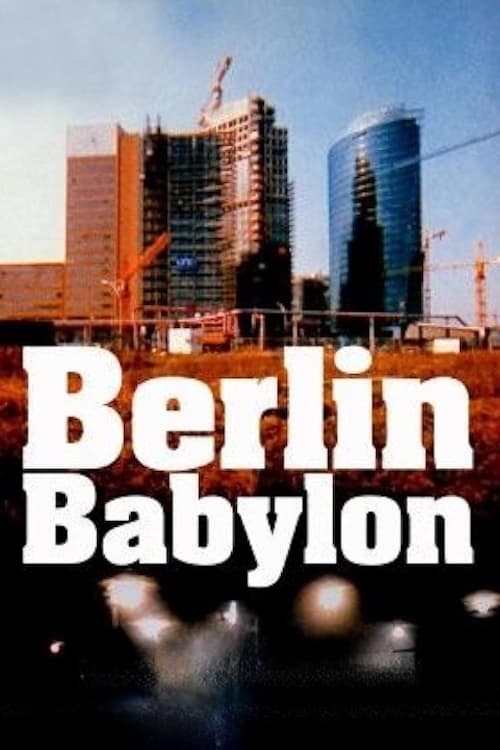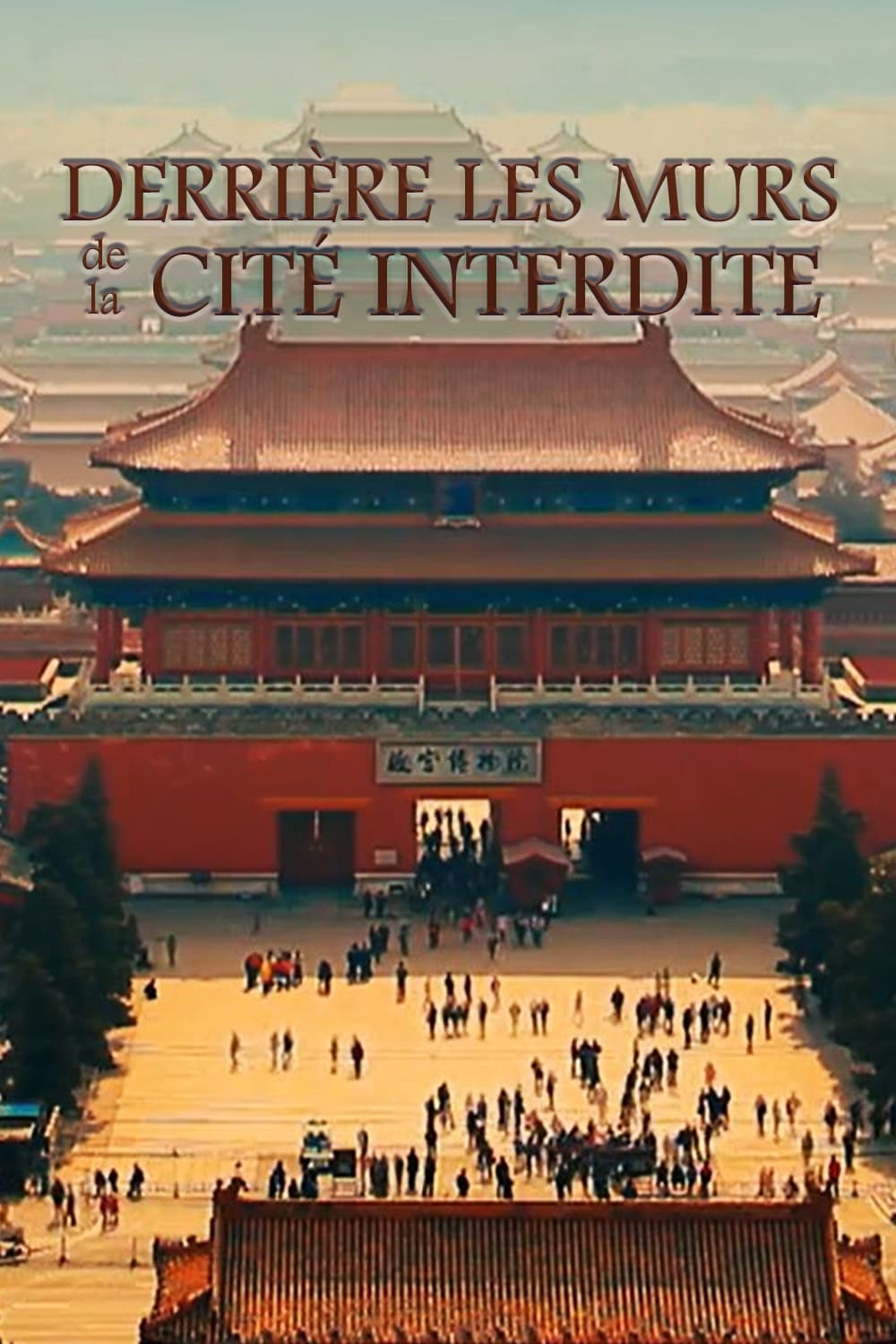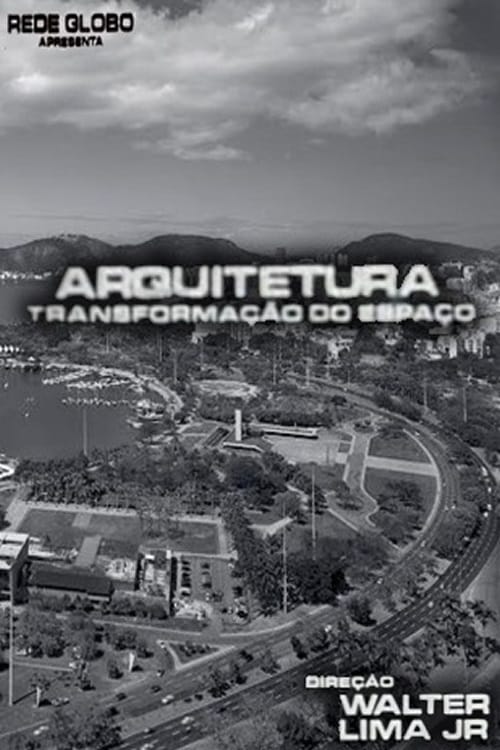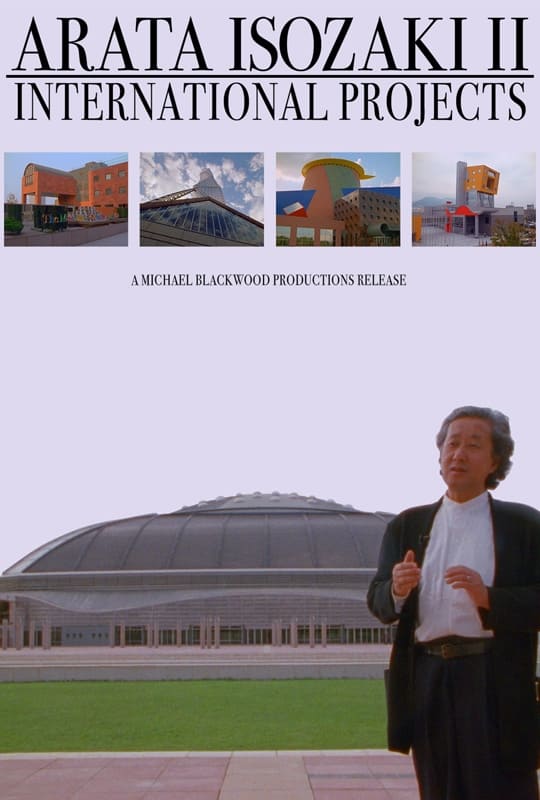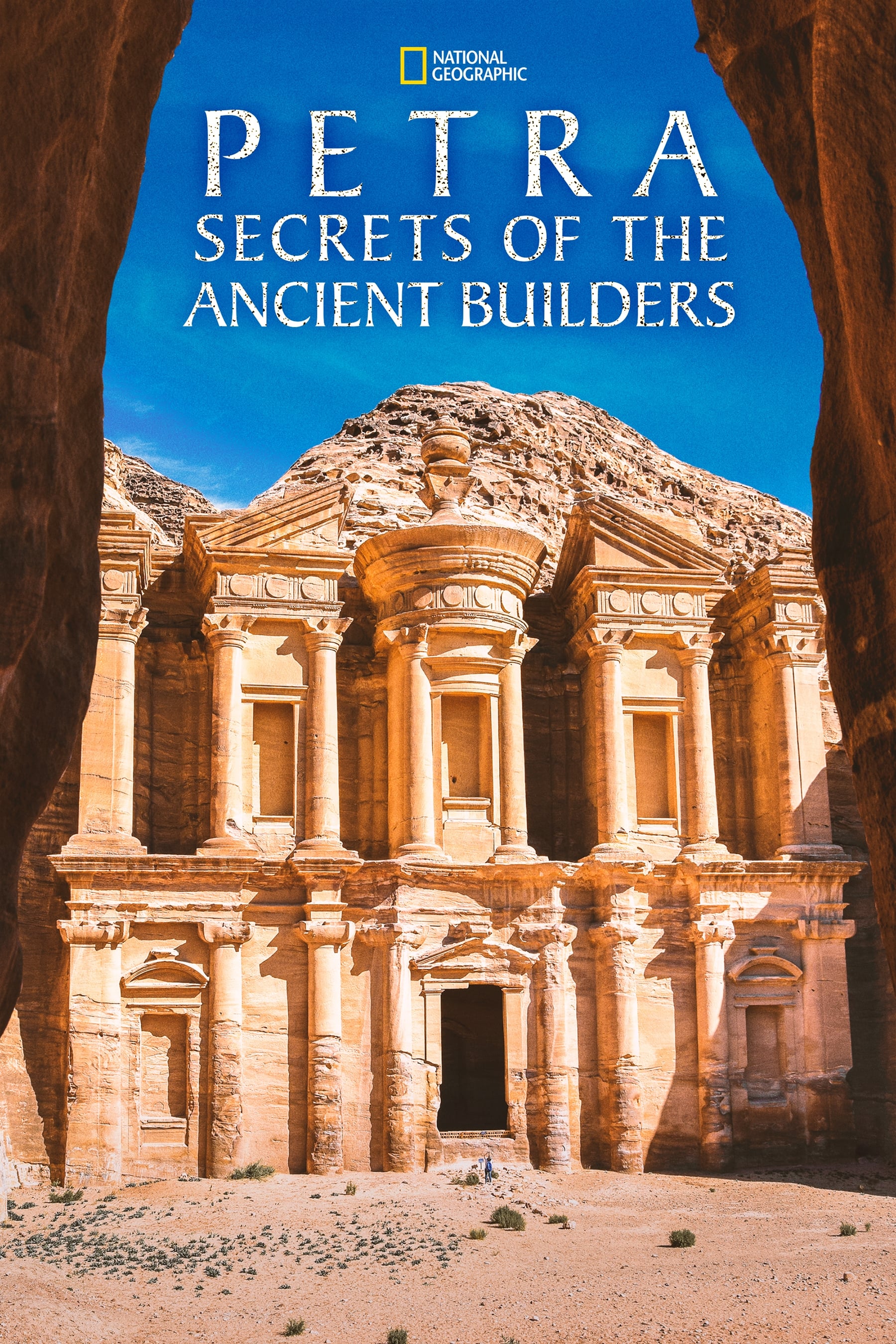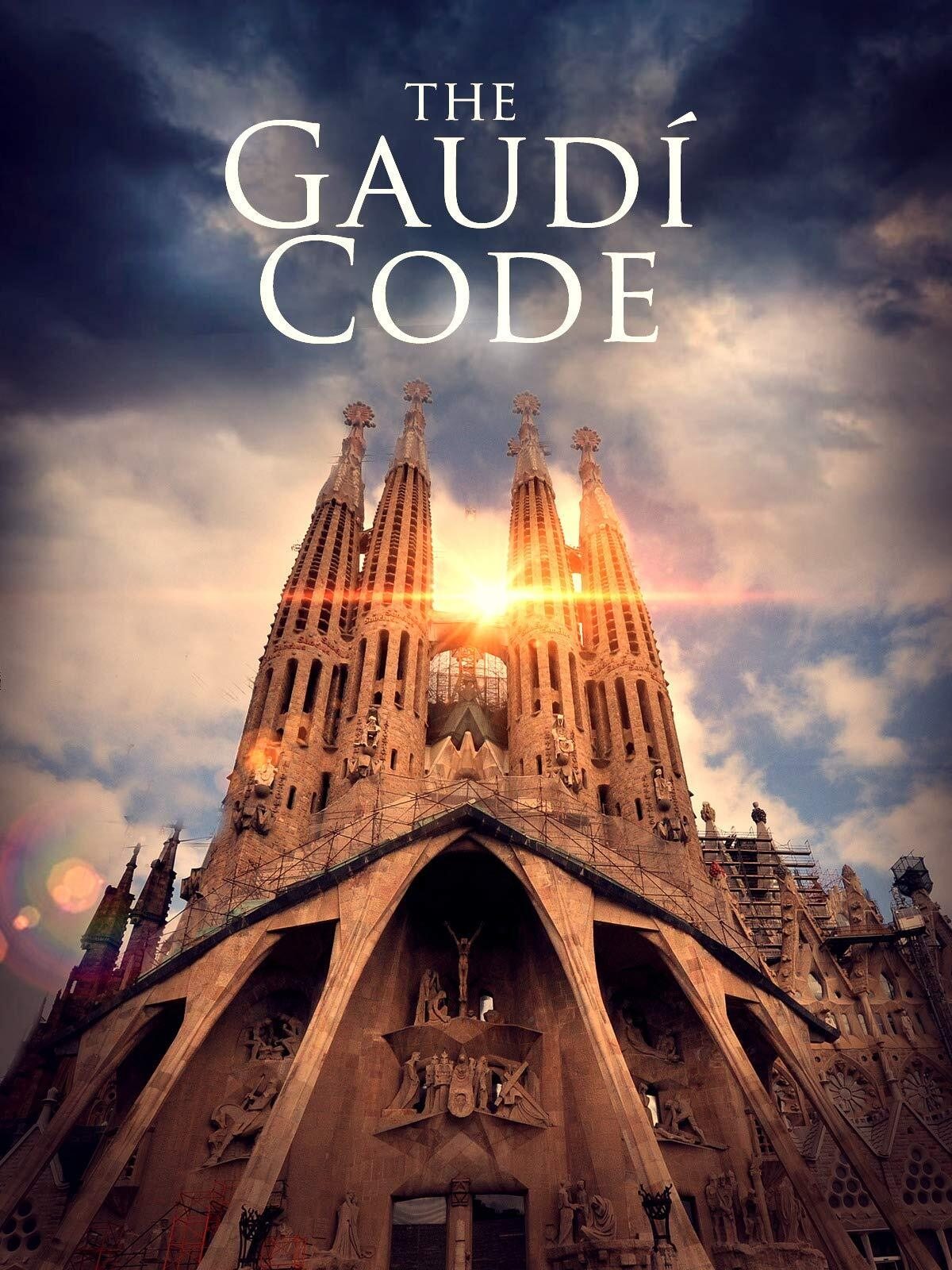Vzácný klenot města Prahy (1941)
Overview
Production Companies
Additional Info
| Budget | $0.00 |
|---|---|
| Revenue | $0.00 |
| Original Language | cs |
| Popularity | 0.177 |
Directed By
Crew
Jaroslav Čechura
Josef Rudolf Zika
Josef Koza
Přemysl Payer
TOP CAST
Similar Movies
25 Bis
25 BIS is an intimate portrait of a masterpiece from the beginning of Auguste Perret’s career: the building located on 25 Bis, Rue Franklin in Paris. The film looks for the intangible and subjective element of the building’s history: the depth of its human print. The building appears as a sedimentation of life stories where each layer has left the trace of a passage. From the intimate nature of these stories, the film draws this fragile and undefined essence that could be called “the soul of the place”.
If You Build It
A year in the life of one of America's most innovative classrooms where students design & build to transform their hometown community. The film follows Emily Pilloton and Matt Miller as they teach the fundamentals of design, architecture and construction to a class of high school juniors in rural North Carolina.
Skyscraper
Nominated for an Academy Award, this live-action short film playfully chronicles the construction of the Tishman Building at 666 Fifth Avenue in New York City.
Jean Nouvel: Guthrie Theater
French architect Jean Nouvel has long been known in Europe for his bold, shimmering glass museums, concert halls, and high-rise towers. Now the much-acclaimed new Guthrie Theater in Minneapolis, Minnesota, which opened in 2006, is displaying Nouvel's remarkable talents to an American public. With a cantilevered lobby that extends 175 feet over the Mississippi River, the dark midnight-blue, aluminum-paneled structure has captivated the culturally conscious city and helped spur the rejuvenation of a once-industrial waterfront. In the tour, Nouvel takes us through three distinctive theaters he designed for the Guthrie, and out onto the cantilevered deck to view the legendary river that inspired the boldly elevated design.
Hong Kong’s Secret City
Not many people know that there is in the center of Hong Kong, a city of 50,000 inhabitants that escape authority, a city which holds no law and no order, the ‘walled city’. Never before has a television crew been allowed to enter this labyrinth. Christa Wesemann, an Austrian documentary filmmaker, has achieved this for the first time. The recordings from the ‘walled city’ are breathtaking pictures, as it has never seen the world. The history and daily flow in Walled City are ruled by the ‘triad’, a Chinese crime syndicate.
Son of Torum
In the same vein as Meri's other documentations, this one takes advantage of the glasnost policy to discuss the social and ecologic impact of the Russian oil industry on the natives and the lands they inhabit.
Alvar Aalto: Technology and Nature
The Finnish architect Alvar Aalto (1898–1976) is one of the great figures of modern architecture, ranked alongside Gropius, Le Corbusier and Mies van der Rohe. This film analyses Aalto’s uniquely successful resolution of the demands and possibilities created by new technology and construction materials with the need to make his buildings sympathetic both to their users and to their natural surroundings. His inventive use of timber in particular represents both a reference to the forest landscape of Finland and a building material that is ‘warm’ and extremely adaptable. Filmed in Finland, Italy, Germany and the USA, this documentary shows how the Finnish natural environment and art traditions were essential elements in Aalto’s pioneering harmonization of technology and nature.
Making Dust
Making Dust is an essay film, a portrait of the demolition of Ireland's second largest Catholic Church, the Church of the Annunciation in Finglas West, Dublin. Understanding this moment as a 'rupture', the film maps an essay by architectural historian Ellen Rowley on to documentation of the building's dismantling. Featuring oral interviews recorded at the site of the demolition and in a nearby hairdressers, the film invites viewers to pause and reflect on this ending alongside the community of the building. The film is informed by Ultimology, and invites its audience to think about the life cycles of buildings and materials, how we mourn, what is sacred, how we gather, what we value and issues of sustainability in architecture.
From the West
A film essay investigating the question of what “the West” means beyond the cardinal direction: a model of society inscribed itself in the Federal Republic of Germany’s postwar history and architecture. The narrator shifts among reflections on modern architecture and property relations, detailed scenes from childhood, and a passed-down memory of a “hemmed-in West Germany,” recalling the years of her parents’ membership in a 1970s communist splinter group.
This is How the Obelisk Was Born
The construction of the Obelisco in Buenos Aires, Argentina.
Neutra: Survival Through Design
This insightful documentary feature from PJ Letofsky serves as a profile of iconic Austrian-American Architect Richard Neutra, whose work and legacy have helped shape the modern understanding of design, architecture and the interconnected fabric of nature. Today, Richard's legacy lives on through his son, Dion, who has taken up his father's mantle after nearly three-decades under his mentorship.
Berlin Babylon
A documentary focusing on the rebuilding projects in Berlin after the fall of the Berlin Wall.
Behind the Walls of the Forbidden City
Secluded from view by nine-meter-high walls and composed of 980 buildings, the Forbidden City in Beijing is the largest imperial palace ever built in the world. Three majestic structures form its center and host the city's ceremonies, each of which is considered an architectural masterpiece. In 1406, construction of the Forbidden City was launched at the initiative of one of China's most powerful sovereigns and founder of the Ming dynasty: Yongle. Endowed with divine power, the construction has already resisted more than 200 earthquakes.
Arquitetura, A Transformação do Espaço
A film in three movements. In the first one, we find a historical synthesis of Brazilian architecture, from the slaves' dwellings to the Ministry of Education Building. In the second segment, architects such as Burle Marx, Lina Bo Bardi, Grigori Warchavchik and Joaquim Cardoso talk about architecture's social function. In the third movement, inhabitants of some Brazilian cities discuss the space they live in.
Arata Isozaki II: International Projects
Through a blend of Japanese history and Western influence, Arata Isozaki has built a career around his boldly distinctive architectural style. Constantly challenging the concepts of space, form and tradition, Isozaki’s work dares us to imagine a merging of cultures where artistic movements and methods bind together in riveting new forms. "ARATA ISOZAKI II: INTERNATIONAL PROJECTS" follows the architect to many of his most famous sites including the Barcelona Olympic Sports Palace, Disney’s Team Building in Orlando, New York’s Palladium nightclub, as well as the newly completed Museum of Contemporary Art in Los Angeles.
Petra: Secrets of the Ancient Builders
In the heart of the Jordanian desert, the ancient city of Petra is full of mysteries. How was this architectural wonder created over 2,000 years ago? The technical prowess of Petra, an ancient city in southern Jordan, which was a wonder in the middle of the desert.
The Gaudi Code
La Sagrada Familia – although still under construction in Barcelona – is a cathedral without any flaws. Almost 100 years after his death, experts are convinced that Gaudi was a mathematical genius and that each embellishing ornament of the Sagrada Familia actually serves an architectural purpose.
